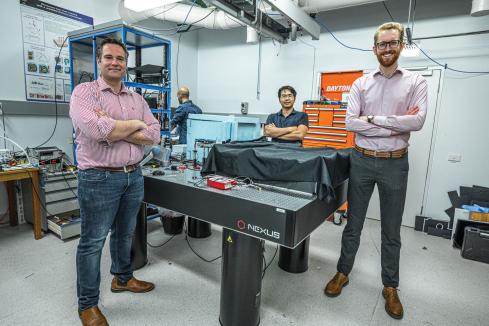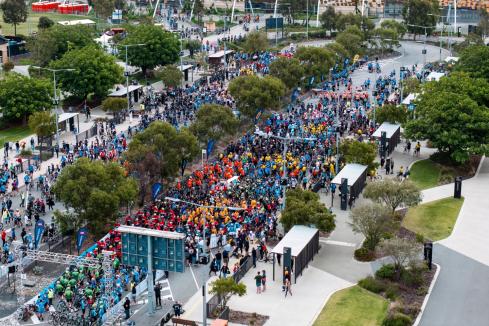Machine learning is being used to develop a range of medical research advancements in WA, with diagnosis of Fetal Alcohol Spectrum Disorder one example.


Telethon Kids Institute post-doctoral research fellow Martyn Symons says he was drawn to machine learning in medicine because of its practical impact.
Machine learning is a process where computers use algorithms and statistical models to detect patterns in data, and then apply those findings to new situations as they arise.
Dr Symons, an adjunct research fellow at the University of Western Australia’s medical sciences faculty, is one of numerous Perth researchers using the process in the medical field, with cardiovascular health and eye treatment two other examples.
He told Business News his recently completed PhD thesis was intended to help make a decision-support system for psychologists who treat alcohol dependence.
“(Medical research) is a real opportunity to use these techniques in practical situations to do some good in the world,” Dr Symons said.
This project used data from about 1,000 patients over 10 years, in collaboration with a Queensland hospital.
“When people were coming into the unit to be treated for alcohol dependence, we measured a lot of their variables,” Dr Symons said.
That included demographics, drinking habits, and ability to refuse treatment.
All of that would help predict treatment success through the model, he said.
Now at the Telethon Kids Institute, Dr Symons is part of the alcohol and pregnancy team, collecting data for three new projects.
“They’re all (using) machine learning and different technologies to try to screen for kids who have neurodevelopmental difficulties as early as possible,” he said.
Fetal Alcohol Spectrum Disorder is the main focus.
That disorder can cause memory, attention, reasoning and impulsivity problems, among others.
“To get a diagnosis of FASD you have to get a confirmation of alcohol consumption during pregnancy,” Dr Symons said.
“For a lot of kids who have FASD that’s not possible, they’re either in the justice system or in foster care and it’s not possible to go back to their birth parents and get that (information).
“If we have some screening tools ... we might be able to get a better idea of whether they have been exposed to alcohol and whether they do have FASD.”
A computer can rapidly pick up on minute differences that may be an indicator someone is on the spectrum, even if those signs may be nearly imperceptible to humans.
The work builds on research from overseas institutions.
“We’ve got eye tracking, we get kids to look at some videos and we have an eye tracking machine, which very accurately can see where they’re looking,” Dr Symons said.
“Using machine learning, teams in Canada have been able to distinguish between kids who have FASD and those who are typically developing, based on the things that attract their attention”.
Another example is using 3D images of faces.
Most kids don’t have clearly visible differences, Dr Symons said.
“For very young children, there are differences of just a few millimetres, but they’re very consistent … even if there’s only low level alcohol consumption.”
A final example, which also followed Canadian research, was looking for epigenetic markers of FASD.
Epigenetics shows changes in an organism caused by how genes are expressed, rather than genetic code itself.
Cutting edge
Dr Symons’ work is not the only use of artificial intelligence in medicine in Western Australia.
WA Australian e-Health Research Centre director Yogesan Kanagasingam has used machine learning and eye scanning software to help detect sight-loss from diabetes.
For his work, Professor Kanagasingam was WA’s Australian of the Year nominee in 2015.
The technology is being commercialised through startup TeleMedC.
A further example is through the Harry Perkins Institute of Medical Research, where Wesfarmers chair in cardiology, Girish Dwivedi, is working on solving heart disease through artificial intelligence.
Perth startup Artrya is working with Professor Dwivedi to use artificial intelligence to improve diagnosis of heart disease.
The product will read angiogram scans and, using computing power, can reduce a diagnosis time from up to a week to be more like 10 minutes.
One project led out of Canada has a strong link to WA.
The Artemis Platform allows livestream, long distance modelling of premature babies.
The Department of Health is a collaborator in the project, and data is processed through WA’s Pawsey Supercomputing Centre, which is part of Curtin University.

















